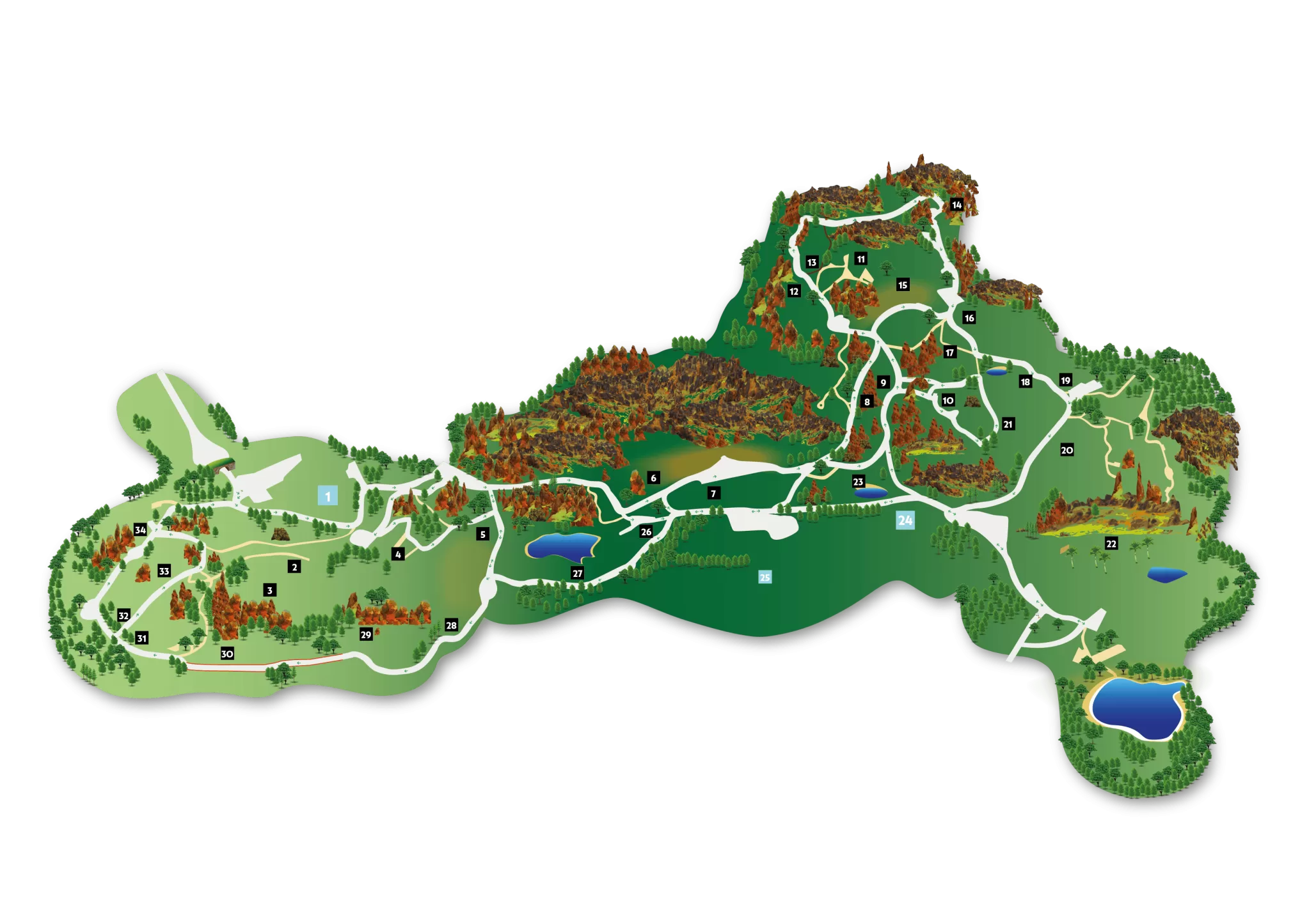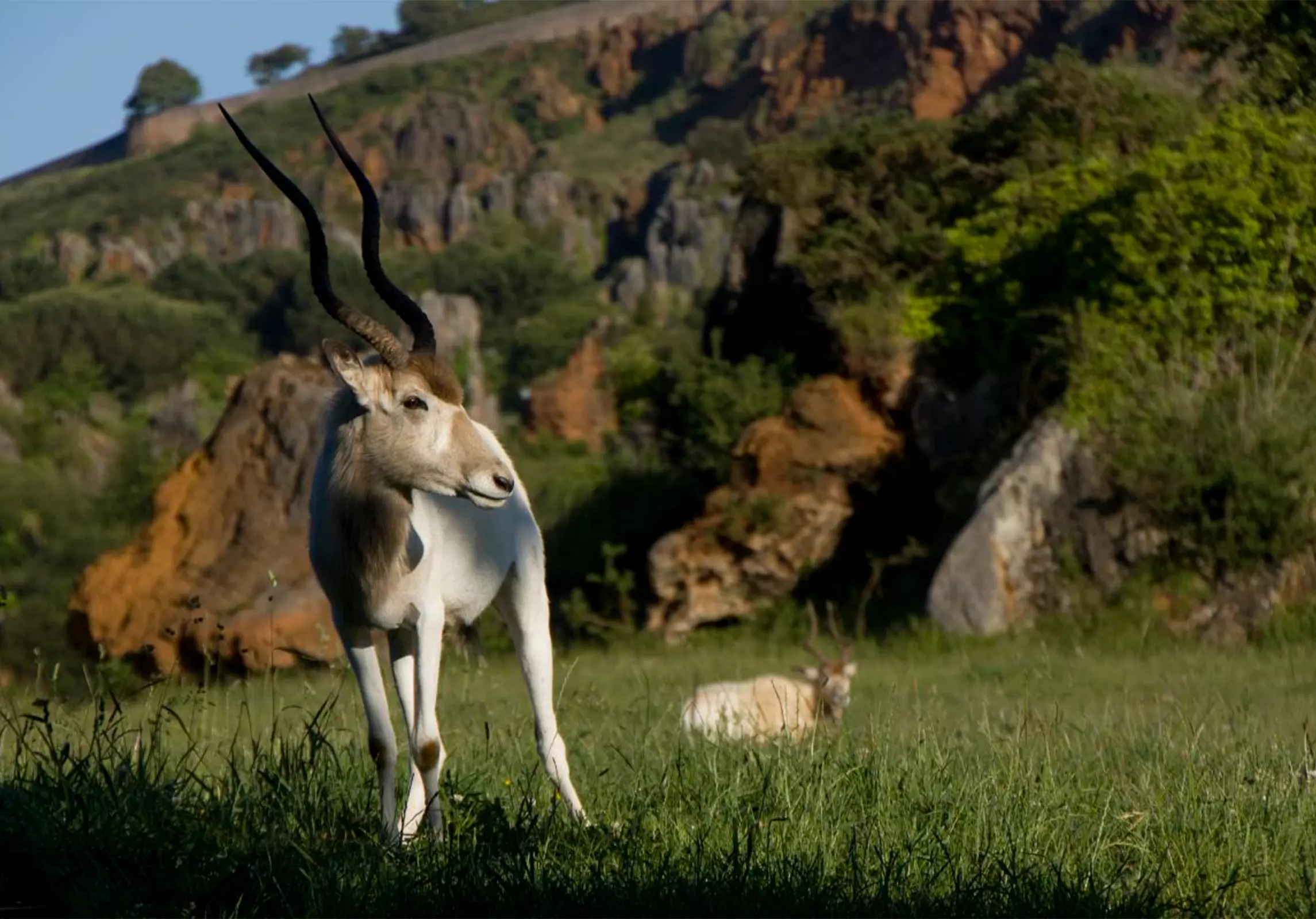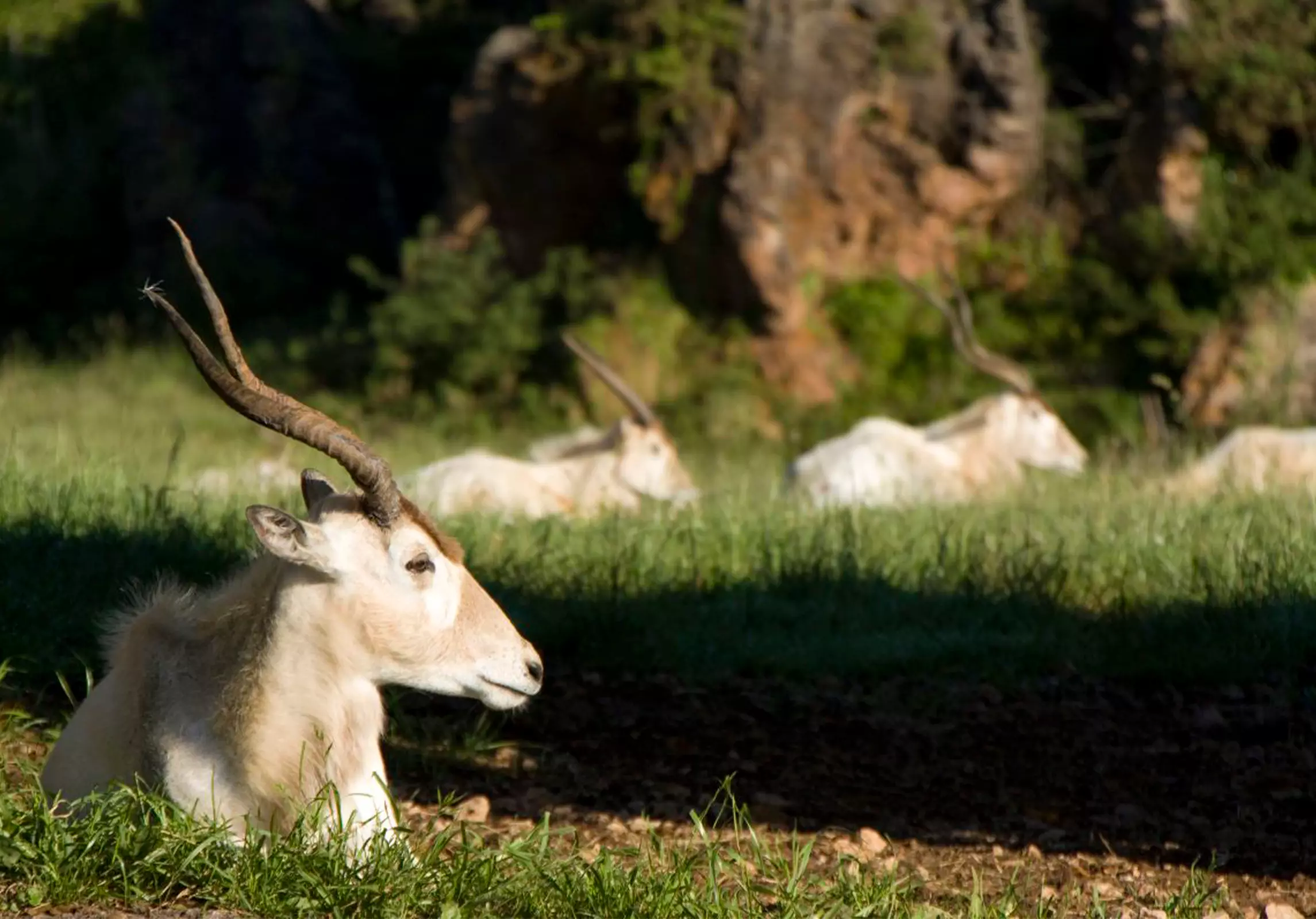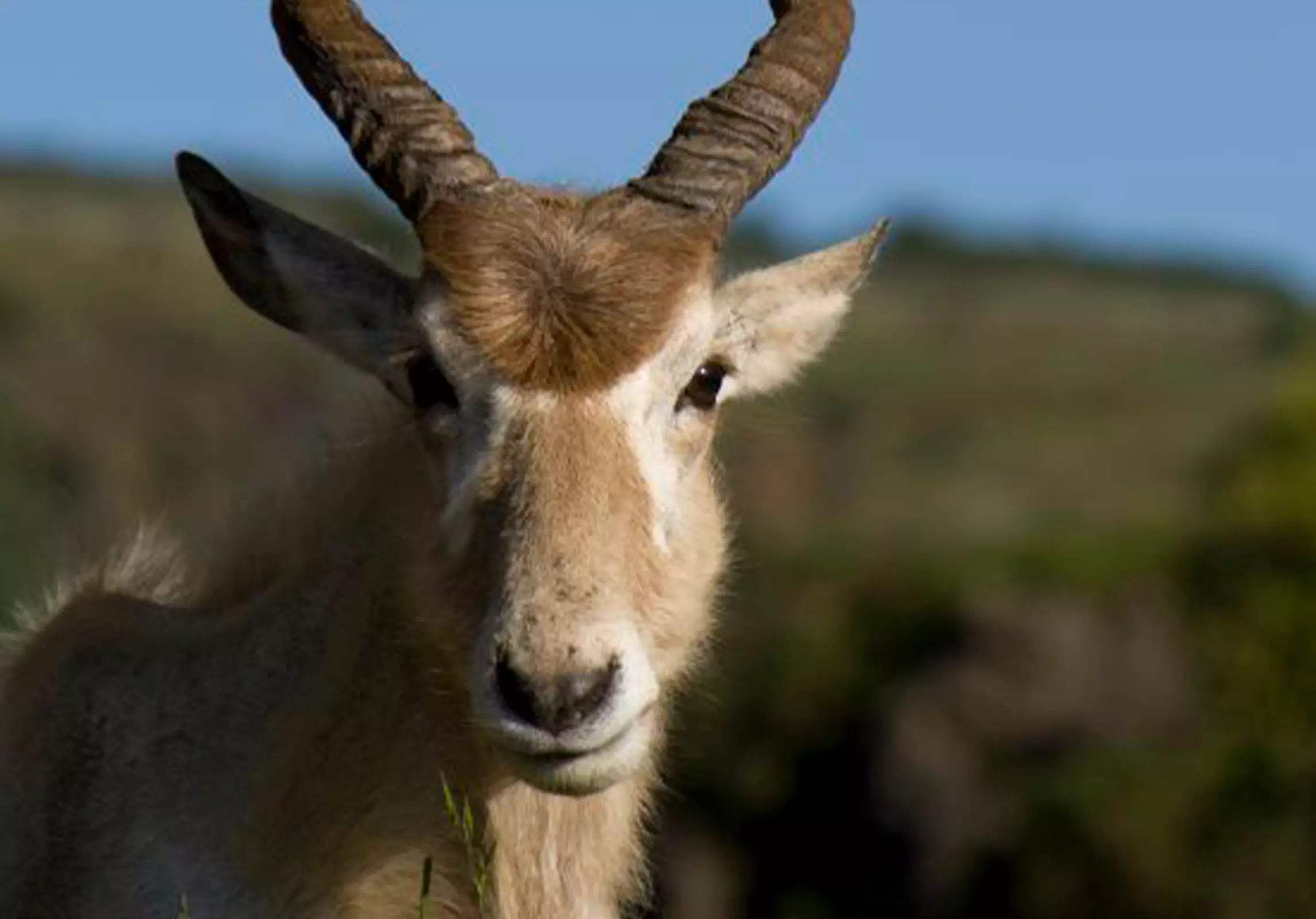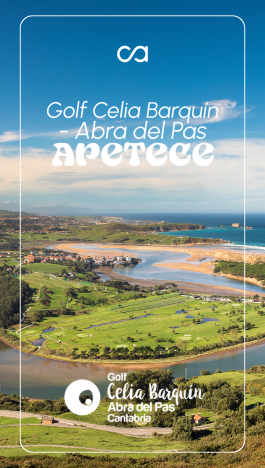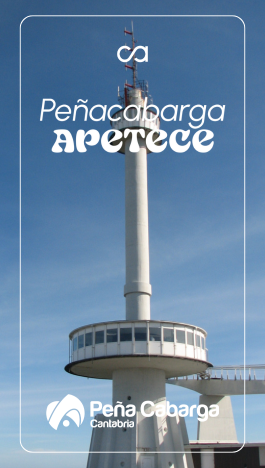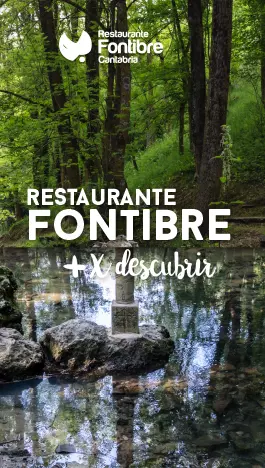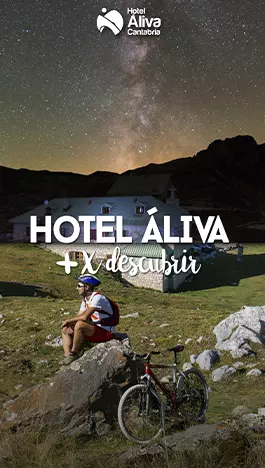
Originating from the arid deserts of Northwest Africa, the Addax is perfectly adapted to the extreme conditions of the desert. Its broad hooves allow it to move without sinking into the sand, like a snowshoe. This antelope can survive without water for long periods, obtaining the necessary moisture from food and plant dew. Its body is so efficient that, up to 45 degrees Celsius, it does not perspire, protecting itself from dehydration. Furthermore, its kidneys produce concentrated urine to conserve water, and its excrements are extremely dry.
They form groups of around 20 individuals, both males and females, creating a unique social dynamic. Although today more individuals are found in captivity than in the wild, this species remains one of the most threatened on the African continent.
In ancient Egypt, possessing one of these domesticated animals was a symbol of status, and the twisted horns that adorned images of gods and pharaohs are inspired by the impressive horns of this noble antelope.
At the Cabárceno Nature Park, it has an enclosure of five and a half hectares where it can move freely. In this space, an old ‘tractor engine house’ is preserved, a vestige of the mining era and associated with mineral transport by wagons, a reminder of the history of the place.

